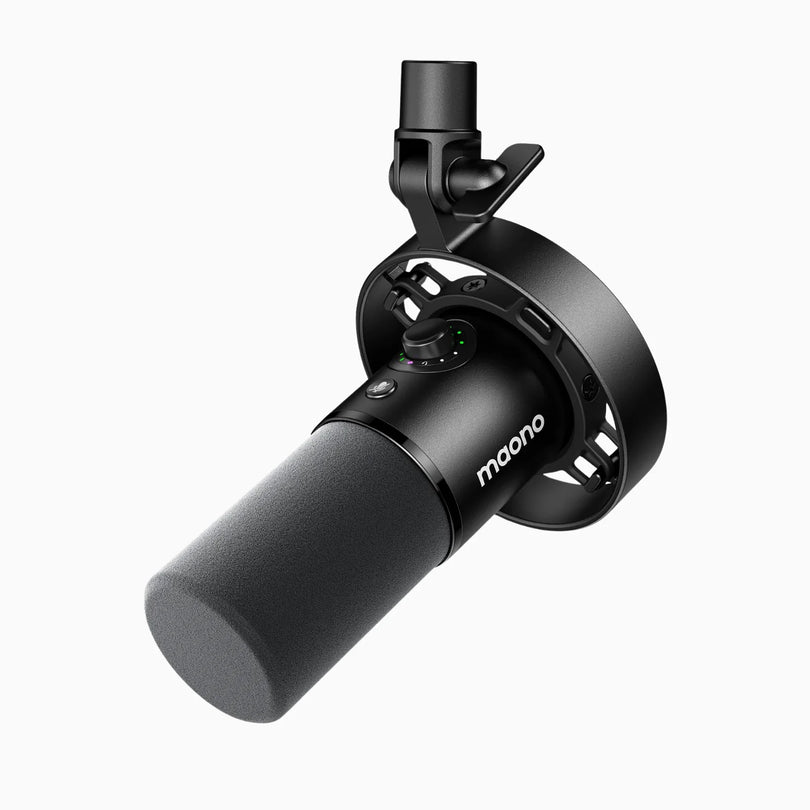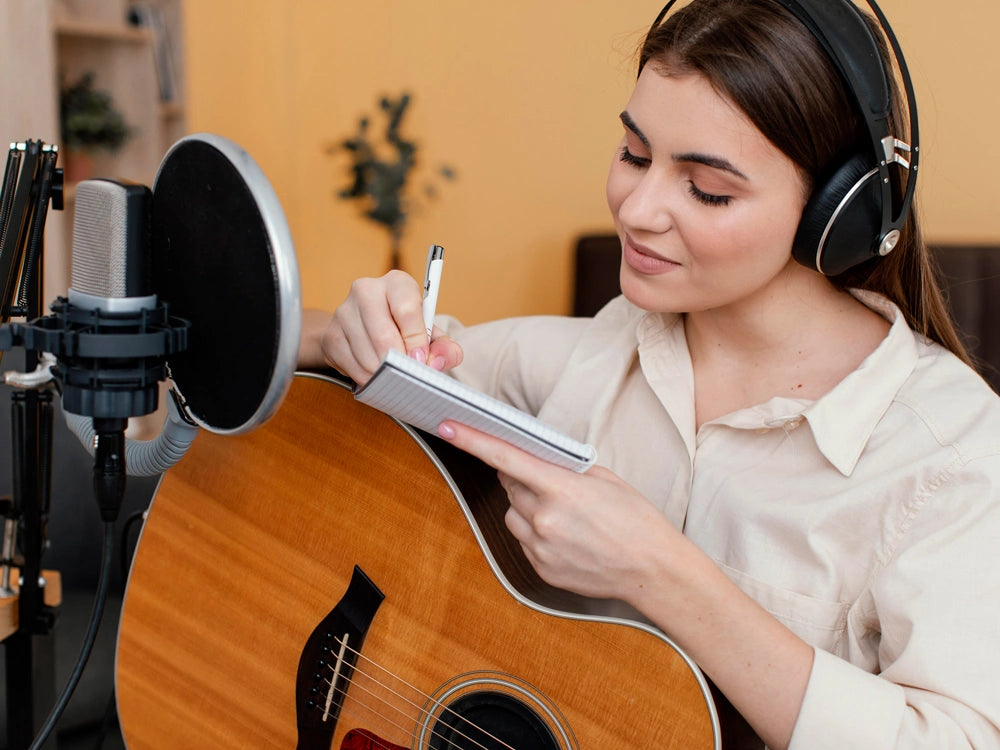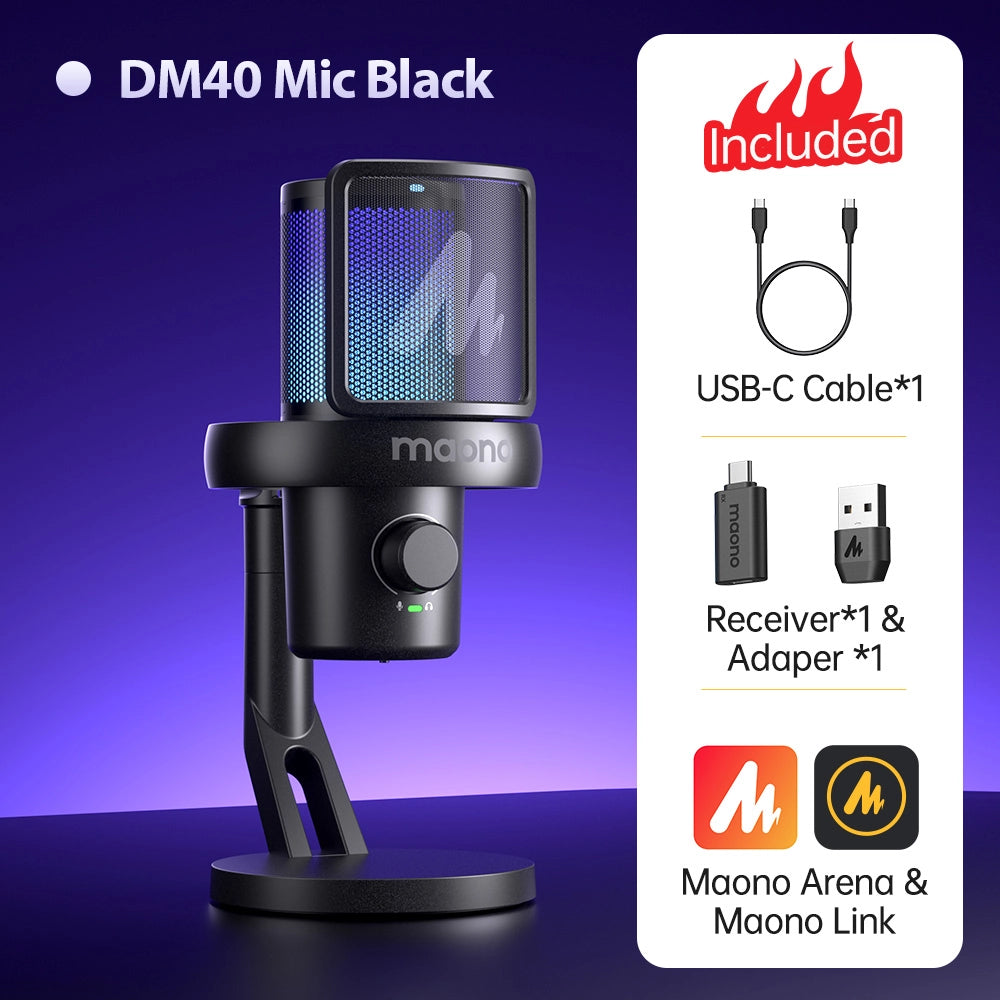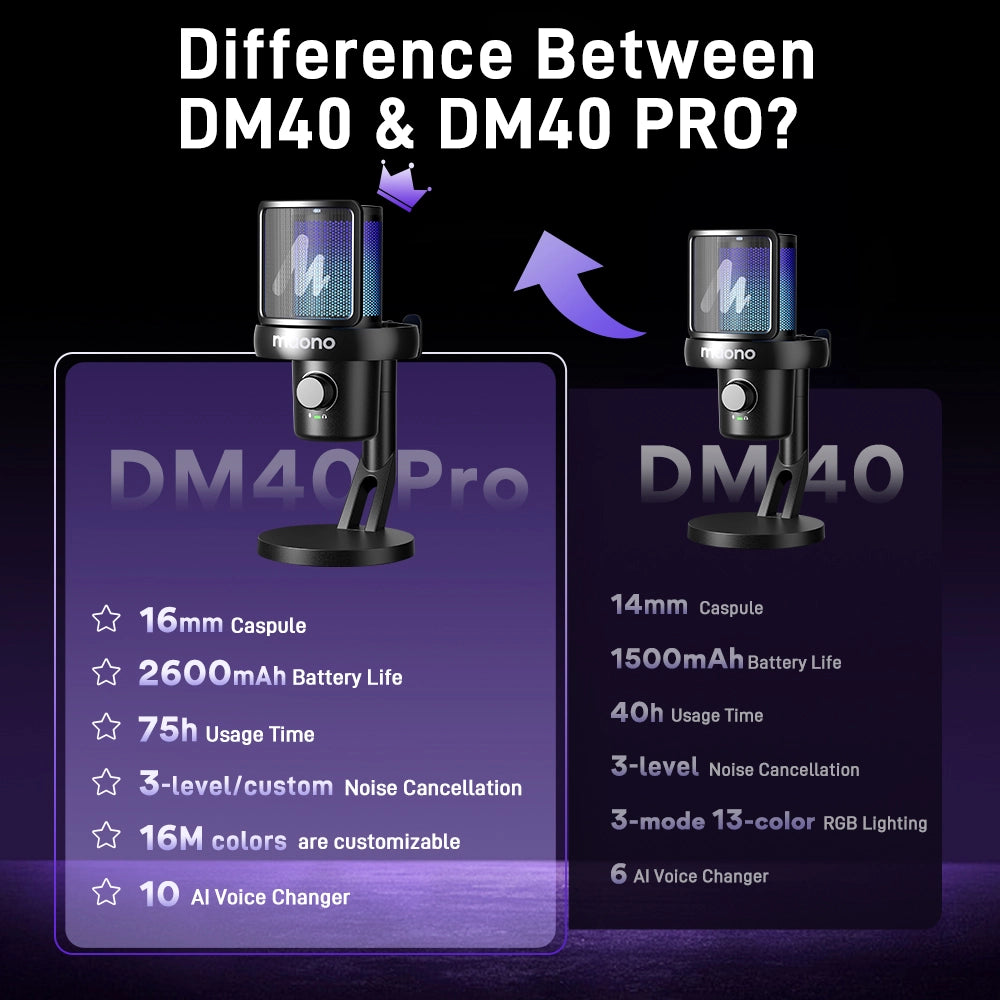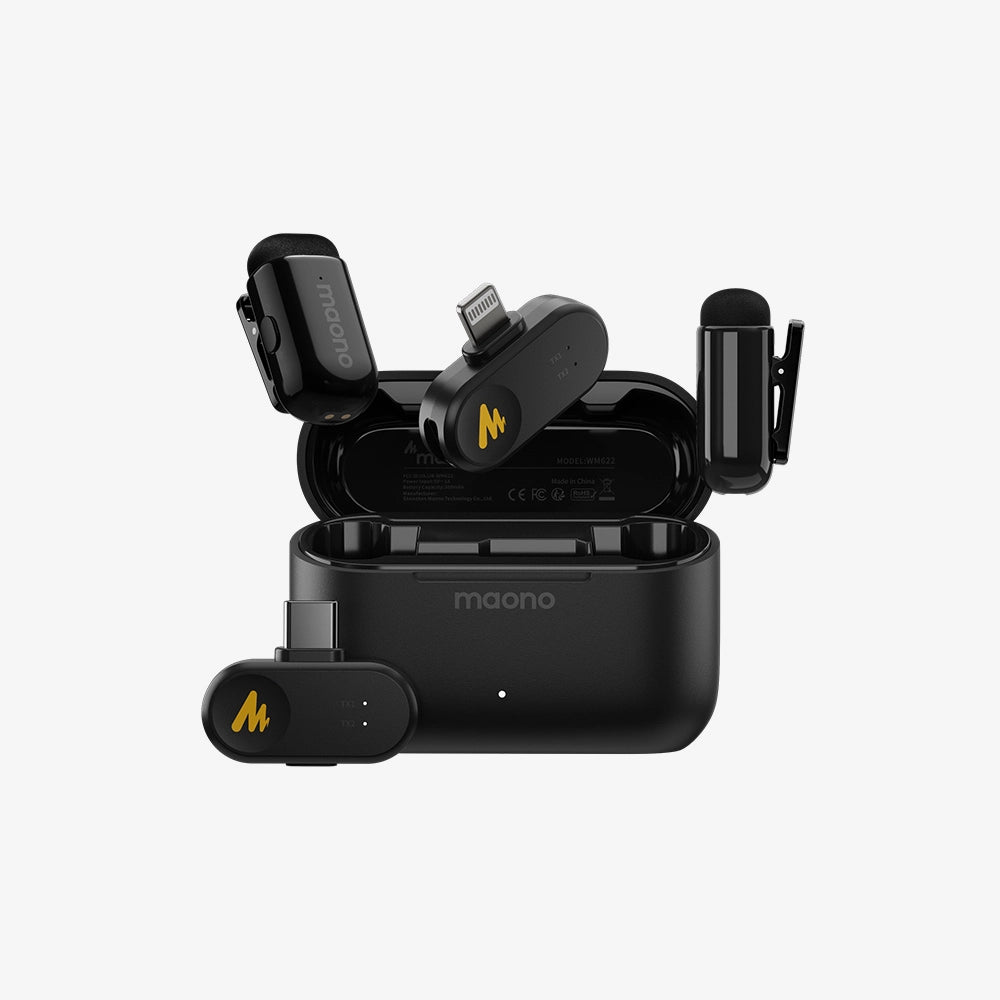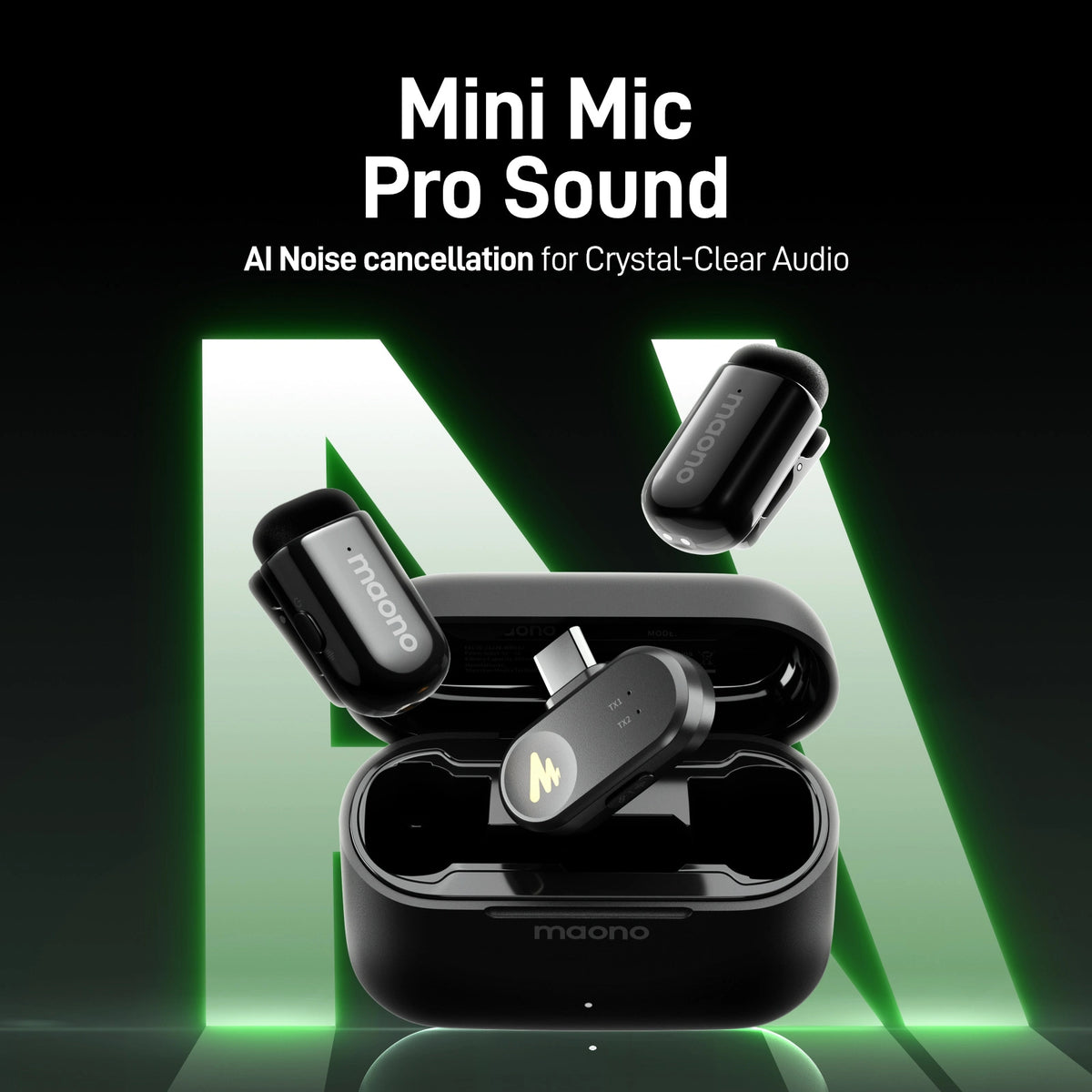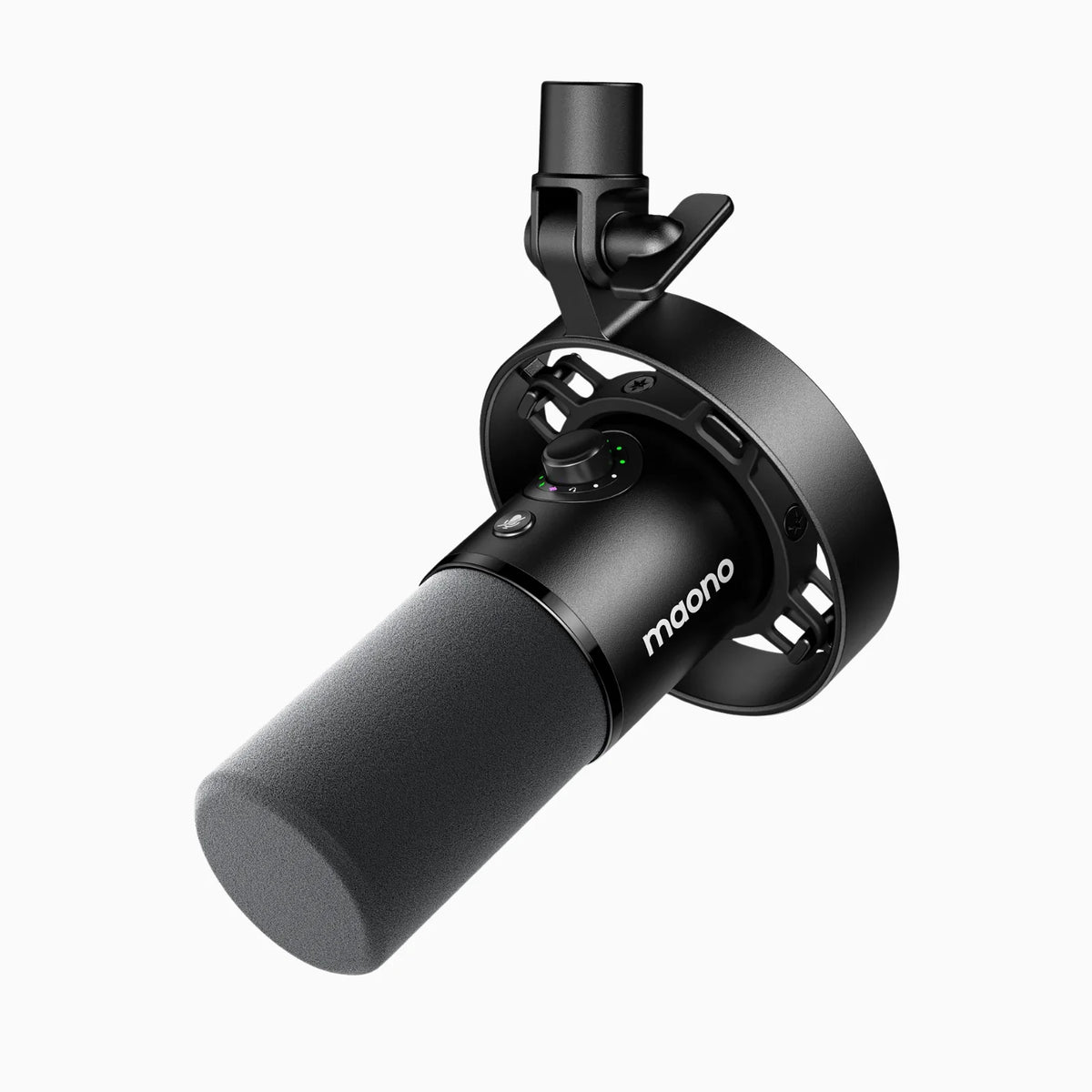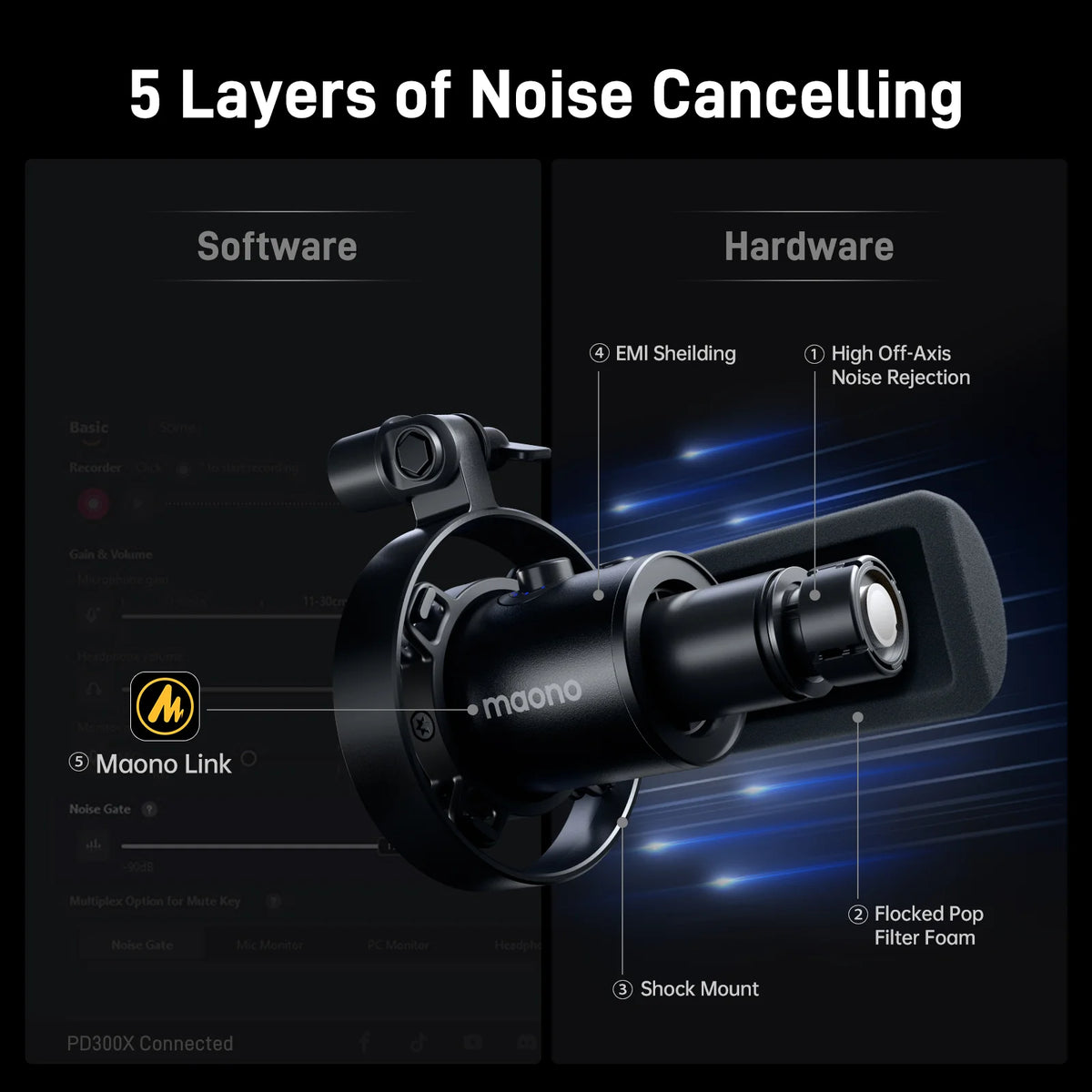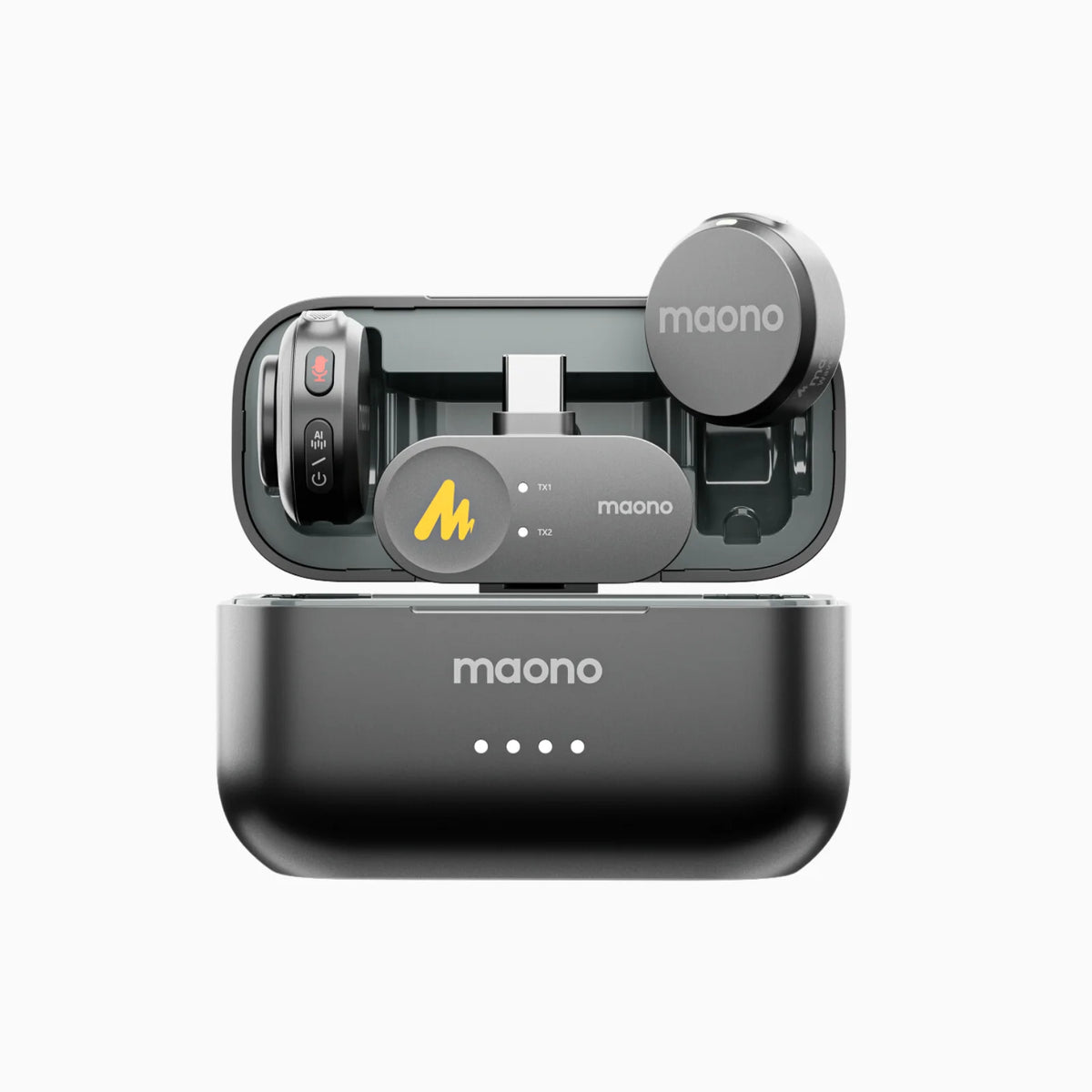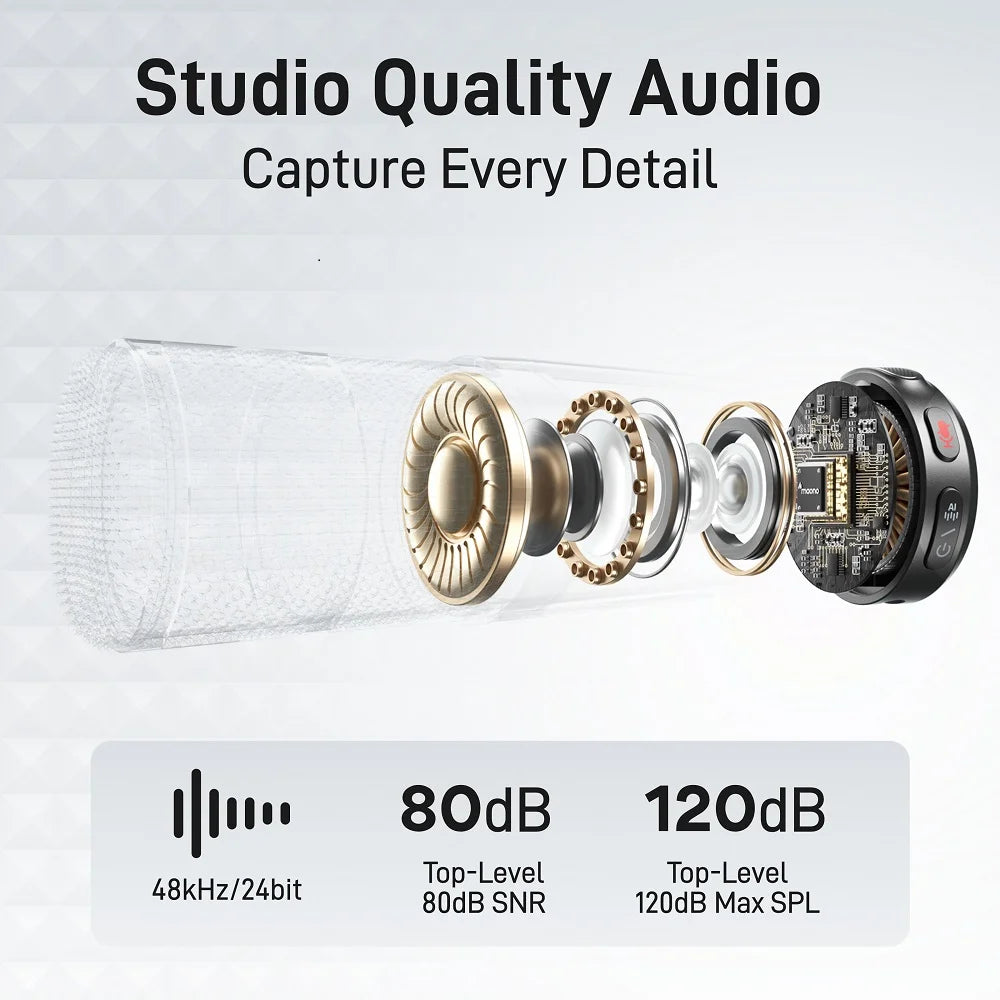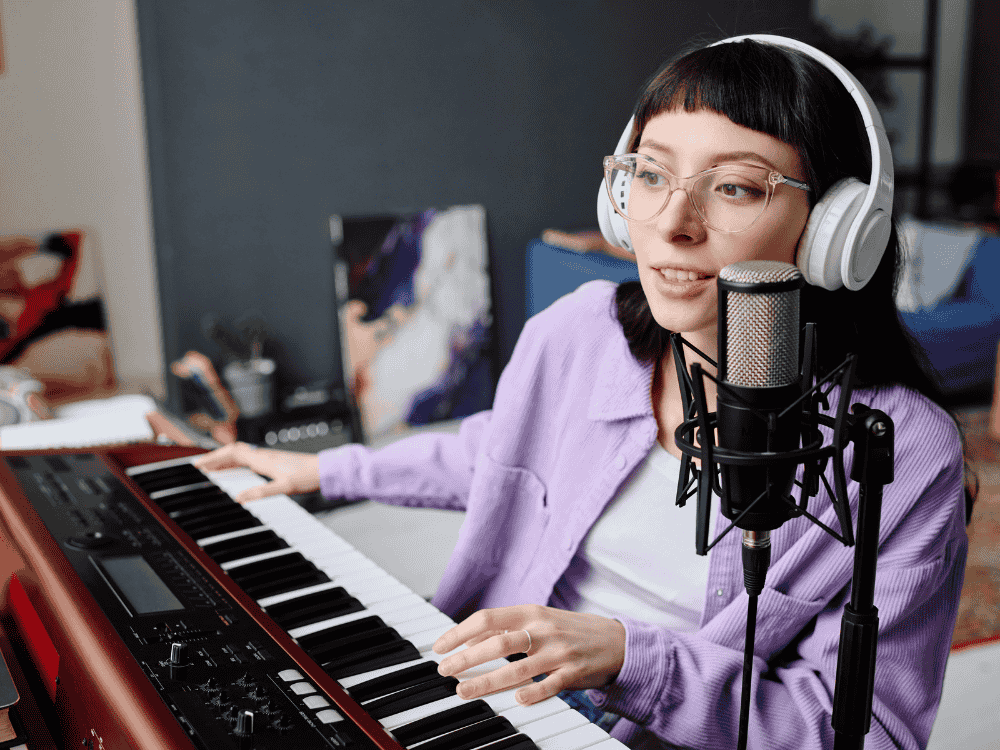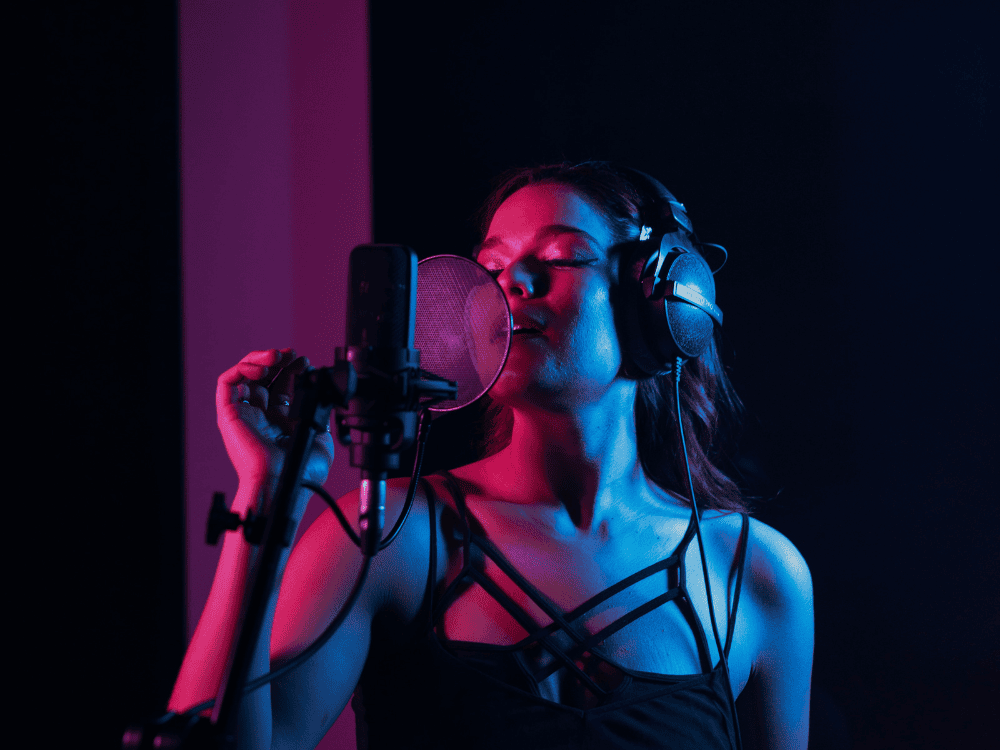As a singer or musician, having the ability to record vocals at home can be a game-changer. Not only does it provide convenience and flexibility, but it also allows you to experiment and perfect your craft without the pressure of a professional studio environment. In this ultimate guide, I will walk you through the step-by-step process of achieving professional-quality vocal recordings at home.
What is the main difference between studio Recording and home recording

The main advantage of recording in a professional studio is that you have an outside set of ears to listen to your music and give you another opinion on the sounds you are working with and the direction of the song. It is very useful to have someone who will otherwise listen to you critically. songs and make some suggestions.
Recording studio-quality audio at home isn't as difficult as it sounds. With the right equipment, software, and technology, you can create professional-sounding podcasts, music, voiceovers, and more.
Benefits of Recording Vocals at Home
Recording vocals at home offers a multitude of benefits. Firstly, it eliminates the need to book expensive studio time, saving you both time and money. Additionally, being in a familiar and comfortable environment allows for a more relaxed and natural performance, which can greatly enhance the overall quality of your recordings. Moreover, having your own recording setup enables you to work at your own pace, ensuring that every detail of your vocal performance is captured to perfection.
Essential Equipment for Professional-Quality Vocal Recordings
To achieve professional-quality vocal recordings, there are several essential pieces of equipment you will need. Firstly, a high-quality condenser microphone is a must-have. This type of microphone is specifically designed to capture the nuances and details of your vocals, resulting in a more pristine and accurate sound. Additionally, a pop filter is crucial for reducing unwanted plosive sounds caused by the fast-moving air from your mouth hitting the microphone. Lastly, a microphone stand and a shock mount are essential to ensure stability and minimize any handling noise.
Here are some best microphone for vocal recording you may like to have a check.
Best Vocal Recording Microphones for who requires professional sound quality at home
- PM500T is the Maono's unique XLR vocal recording condenser microphone that comes with rich and delicate sound quality, especially for vocal recording has a particularly excellent performance, it adopts unique acoustic, circuitry tuning techniques, so even if you are far away from the mic, you can also record a very rich sound. it is a perfect option for music recording, voice-overs, and instruments.
- PM422 is an all-in-one USB condenser microphone with a boom arm known for its’ easy plug-and-play and one-click mute and professional sound, it is quite a try for most beginners who just like to try vocal recording at home.The PM422 can easily capture the nuances of vocals with precision. It also features a professional sound chipset 192KHZ/24BIT and a 16mm electret condenser transducer that comes with detailed sound.Ideal for musicians, streamers, podcasters, vocal recording and other content creators.
- A04 is a stand-type microphone option after PM422. Its price is relatively cheaper than PM422 and its functions are relatively limited, but it allows you to capture studio-quality audio with ease, whether you are recording music, podcasts, or voice.
- DM30RGB USB condenser microphone is a best choice for users who don't have enough budget to try out vocal recording, DM30RGB might be a good choice for you. the $49.99 price is attractive and it can help easily capture the sound you want. But if you have higher requirements for sound, it is recommended to choose either PM500T or PM422 condenser microphone.
If you are desire to learn about how to choose the best microphone for vocal recording, you might like to read more details here:
Setting Up Your Home Recording Studio for Vocal Recording
Creating a dedicated space for your home recording studio is essential for achieving professional-quality vocal recordings. Ideally, choose a room with minimal background noise and good acoustics. Make sure to position your equipment and setup in a way that maximizes the isolation of your vocals. Consider using room dividers or acoustic panels to further enhance the acoustics of your recording space. Additionally, investing in a quality audio interface and studio monitors will allow you to accurately monitor and control the sound during the recording process.
Tips for Acoustically Treating Your Recording Space
Proper acoustic treatment is crucial for achieving clean and professional-sounding vocal recordings. Start by identifying and addressing any acoustic issues in your recording space. Echoes, reverberation, and unwanted reflections can greatly affect the quality of your recordings. To minimize these issues, consider using bass traps, diffusers, and acoustic panels strategically placed around your recording area. Experiment with different placements until you find the optimal configuration that minimizes unwanted reflections and creates a controlled recording environment.
Proper Microphone Selection and Placement for Vocals
Choosing the right microphone and placing it correctly are essential steps in capturing professional-quality vocal recordings. Consider the characteristics of your voice and the genre of music you're recording when selecting a microphone. Experiment with different microphones to find the one that best suits your voice and desired sound. Once you've selected the microphone, proper placement is crucial. Position the microphone at a distance that captures the full range of your voice without causing distortion or proximity effect. Experiment with different angles and distances to find the sweet spot that brings out the best in your vocals.
Techniques for Recording Vocals with Clarity and Presence
Recording vocals with clarity and presence requires careful attention to various techniques. Firstly, warm-up your voice before recording vocals to ensure optimal performance. Take deep breaths, do vocal exercises, and stay hydrated to keep your vocal cords in top shape. Next, experiment with microphone gain and input levels to find the right balance. Avoid clipping or overloading the microphone, as this can result in distorted and unusable recordings. Finally, consider using a reflection filter or vocal booth to further isolate your vocals and prevent unwanted room reflections.
Tips for Achieving a Professional Vocal Performance
Aside from technical considerations, achieving a professional vocal performance requires careful attention to your singing technique and emotional delivery. Practice proper breathing techniques to ensure consistent and controlled vocal delivery. Pay attention to your diction and clarity of your lyrics. Emotionally connect with the lyrics of the song to deliver a compelling and authentic performance. Experiment with different vocal styles and inflections to add depth and character to your recordings. Lastly, don't be afraid to experiment and take risks. Remember, capturing a professional vocal performance is about expressing yourself and connecting with the listener.
Editing and Processing Vocals for a Polished Sound
Once you've recorded your vocals, the next step is to edit and process them to achieve a polished sound. Start by trimming any unwanted silence or mistakes from your recordings. Use a digital audio workstation (DAW) to apply corrective edits and enhancements to your vocals. This may include pitch correction, timing adjustments, and noise reduction. Experiment with EQ, compression, and reverb to sculpt the sound and add depth to your vocals. However, be cautious not to over-process your vocals, as it can result in an unnatural and artificial sound. Remember, the goal is to enhance and refine your vocals while maintaining their authenticity.
Mixing Vocals into Your Overall Music Production
Once you have processed your vocals to perfection, it's time to mix them into your overall music production. Start by balancing the volume levels of your vocals with the rest of the instruments in your mix. Use panning to create a stereo image and place your vocals in the center of the mix. Experiment with different levels of reverb and delay to create a sense of space and depth. Additionally, consider using automation to highlight certain phrases or sections of your vocals. The key is to ensure that your vocals sit well in the mix and seamlessly integrate with the other elements of your music production.
Common Mistakes to Avoid in Vocal Recording
While recording vocals at home offers many advantages, there are also common mistakes to be aware of and avoid. One common mistake is neglecting to warm up your voice before recording, which can result in a strained and fatigued vocal performance. Another mistake is using low-quality or inappropriate microphones, which can lead to poor sound quality and limited versatility. Additionally, failing to properly acoustically treat your recording space can introduce unwanted room reflections and affect the overall quality of your vocal recordings. Lastly, over-processing your vocals during editing and mixing can result in an unnatural and overproduced sound. Be mindful of these common mistakes and take the necessary steps to avoid them.
Resources for Further Learning and Improvement
Continuing to learn and improve your vocal recording skills is essential for achieving professional-quality results. Fortunately, there are numerous resources available to help you on your journey. Online tutorials, forums, and communities offer a wealth of knowledge and support from experienced professionals and fellow home recordists. Consider investing in vocal training or workshops to further develop your singing technique and performance skills. Lastly, don't be afraid to experiment and explore new techniques and approaches. The more you practice and learn, the better you will become at capturing professional-quality vocal recordings.
Conclusion
Recording vocals at home is an empowering and rewarding experience. With the right equipment, setup, and techniques, you can achieve professional-quality vocal recordings that rival those produced in commercial studios. Remember to invest in high-quality equipment, properly acoustically treat your recording space, and pay attention to your singing technique and emotional delivery. With practice and dedication, you'll be able to create stunning vocal recordings that capture the essence of your artistry. So, what are you waiting for? Start recording and unleash your creative potential today!

If you're ready to take your vocal recordings to the next level, start implementing the tips and techniques outlined in this guide. With practice and dedication, you'll be well on your way to achieving professional-quality vocal recordings at home. Happy recording!




